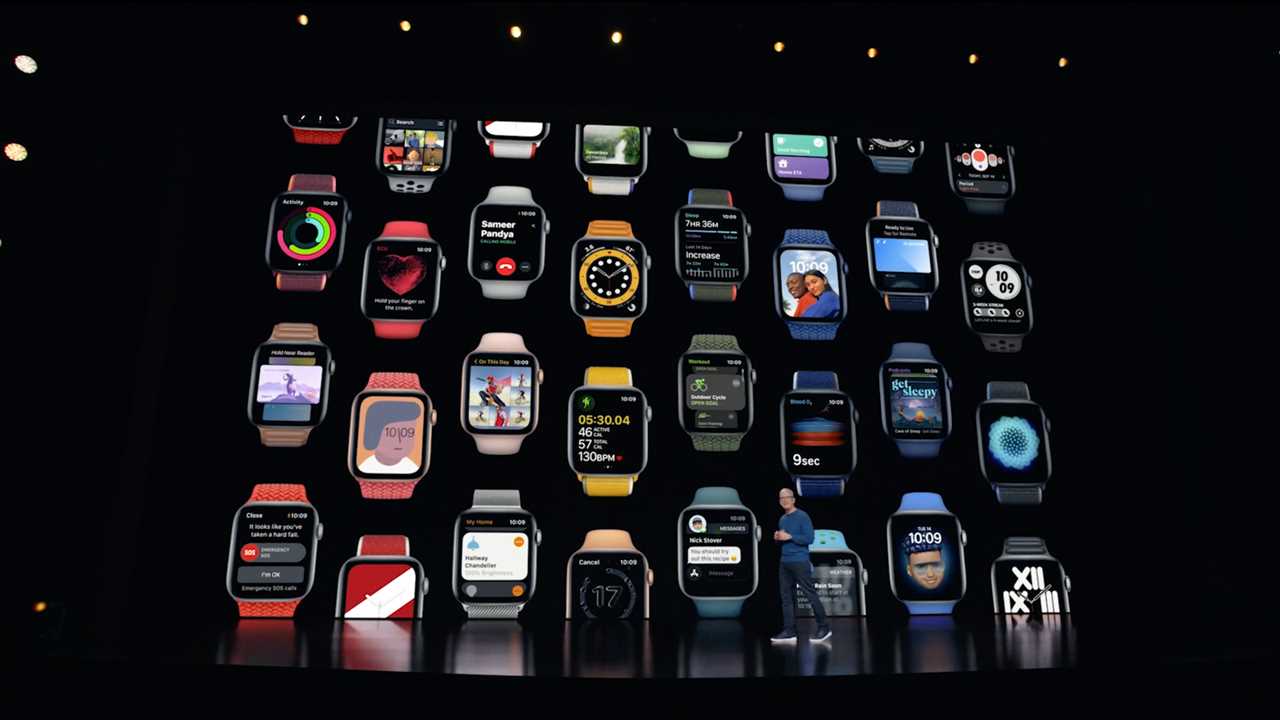
The Apple Watch has posted steady growth for Apple in recent years, which the company wants to grow further.
On Tuesday at its annual product event, Apple unveiled new versions of the Apple Watch — called the Apple Watch Series 7 — with slightly larger screens. The new watches, which come in two sizes, are roughly the same size as last year’s models, but their screens have been stretched to the edges of the glass to make the display areas 20 percent larger. They also have a new design to make them more durable, with stronger dust resistance.
The company left the prices of the devices unchanged from last year’s models, with a starting cost of $400.
While Apple Watch is one of the company’s smallest product segments, it would be an enormous stand-alone business for other companies. Apple’s so-called wearables business, which also includes its AirPods wireless headphones, grew 28 percent to $37.5 billion in the year ending June 30 over the same period a year earlier.
Apple Watch is the No. 1 smart watch, with 36 percent of the worldwide market, according to Canalys, a research firm. Apple has consistently emphasized the Watch’s health benefits, including incorporating the ability to measure your blood’s oxygen saturation.
This year, Apple announced some new features of its Fitness Plus subscription, a digital fitness service with workouts. The company said it was introducing five-minute workouts, winter sports and Pilates workouts and a group option that allows up to 32 people to exercise simultaneously and interact.
It also created a “time to walk” mode that gets people outdoors while listening to Camila Cabello, Dolly Parton and others. Apple said it would roll out Fitness Plus, which costs $10 per month, to an additional 15 countries this fall.
To compete with the Apple Watch, Google acquired the wearables company Fitbit this year for $2.1 billion. Last year, Amazon introduced the Halo, a fitness band that tracks movements and uses a microphone to detect people’s moods.
Jack Nicas and Kellen Browning contributed reporting.






